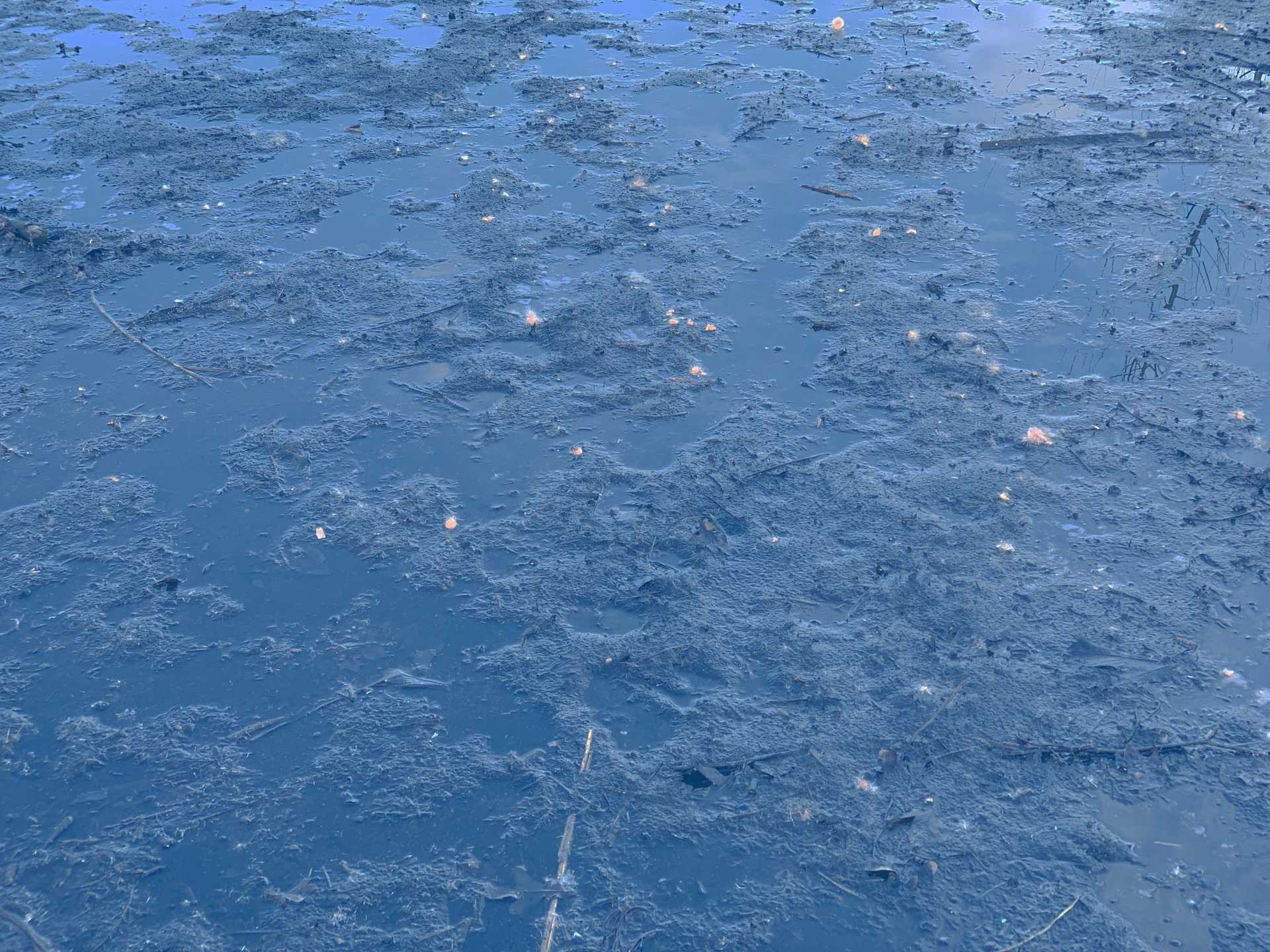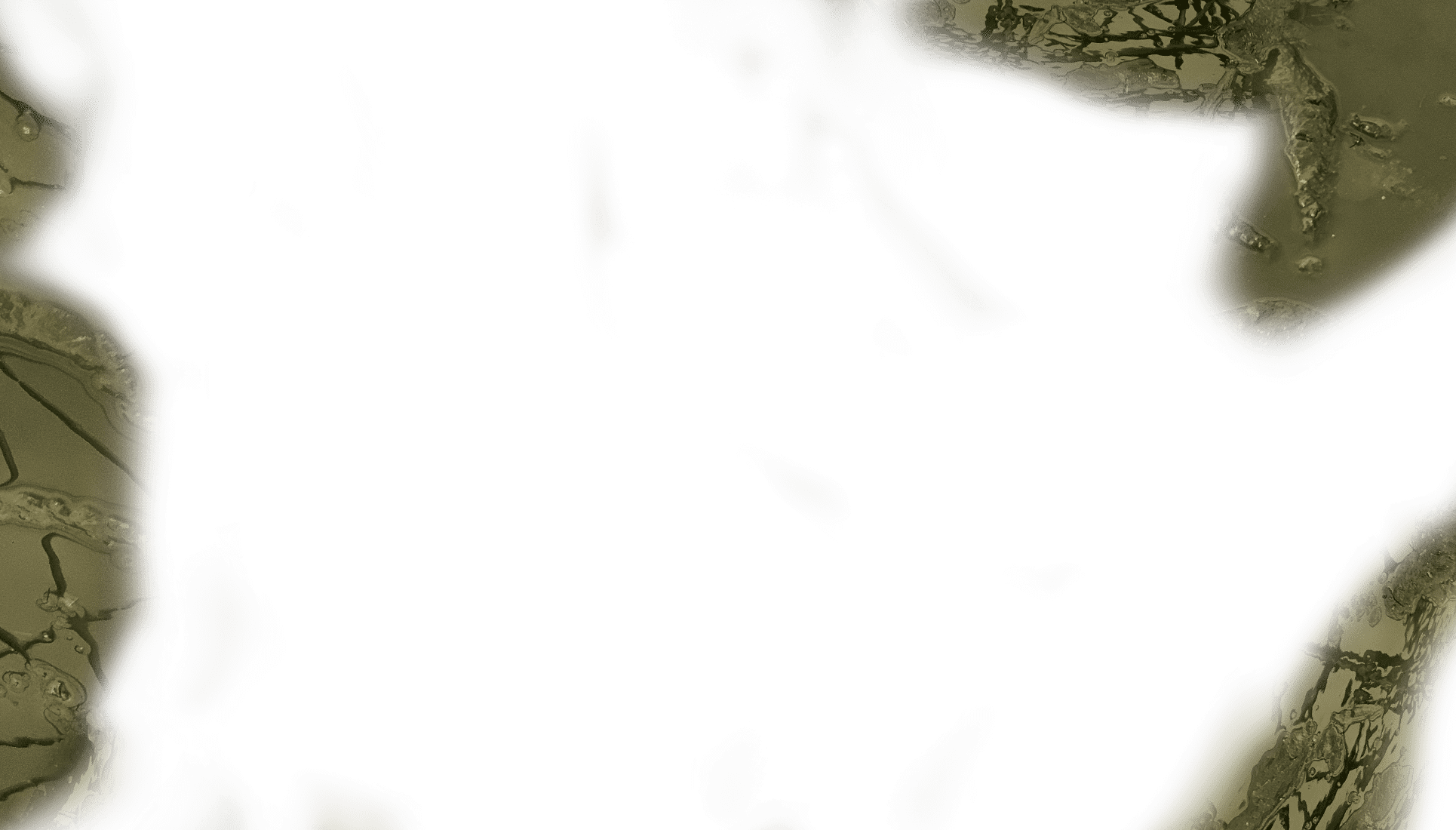The video documents Santiago Sierra's work Position exchange for two distinct, 30-metre volumes of earth from 2005. In the performative action in the demilitarised zone (DMZ) between North and South Korea, the artist had two holes (6 metres long, 2.5 metres wide, 2 metres deep) dug on a plot of land, under the supervision of South Korean soldiers. The earth blocks were then merely moved from one hole to the other, so that the plot of land in question appears unchanged except for the traces of work at the end. This "empty" action of exchanging soil, which takes place without spectators but under strict military guard, demonstrates the absurd situation at the DMZ and puts the militarised border systems on the Korean peninsula up for discussion. For Santiago Sierra, borders and border setting are recurring themes in his work. For example, in Covered Word in the Spanish Pavilion at the 50th Venice Biennale in 2003, or on the North and South Pole in 2018. There, in Black Flag, he addressed national borders, neoliberal nationalism and colonialism in the 21st century.
Santiago Sierra (Madrid), inspired by the formal language of minimal and conceptual art of the 1960s and 70s, relentlessly depicts social realities and exposes grievances in social structures. His works are provocative and confrontational: works in which underprivileged or marginalised people are hired for money to perform meaningless tasks, as well as spectacular interventions in urban space address power structures, exclusion mechanisms and exploitative working conditions.

